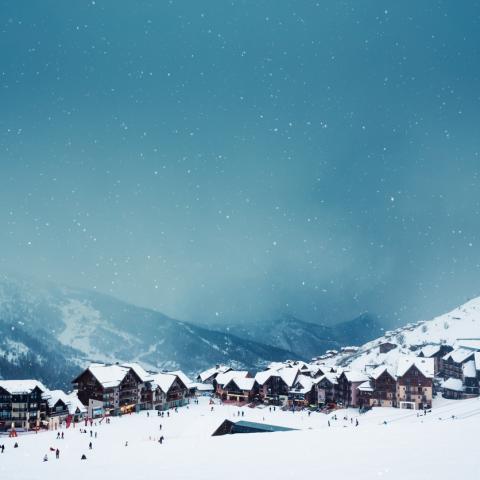Gaz-a-Lago: Trump’s radical Gaza plan sparks global debate and backlash

This was textbook Donald Trump. Even amongst the hardened White House press corp, inured to a series of recent shock and awe announcements, jaws dropped. On Tuesday, reading from a pre-prepared text, President Trump outlined his plans for the future of Gaza: they included ‘taking over’ the territory, ‘clearing out the whole thing’, resettling the Palestinians living there in neighbouring countries, and creating a ‘Riviera of the Middle East’ which would be somewhere for ‘the world’s people to live’.
Reaction to what has been dubbed ‘Gaz-a-lago’ was swift. Most Arab countries, perhaps keen not to receive hundreds of thousands of refugees (with a few members of Hamas sprinkled among them), condemned the plan. The UK Prime Minister, Sir Keir Starmer, commented that the Palestinians ‘must be allowed home, they must be allowed to rebuild’. Andrew Miller, former Middle East policy adviser under both President Obama and President Biden, described it as ‘literally the most incomprehensible policy proposal I have ever heard from an American President’.
Certainly, the expulsion of a civilian population would violate international law. It would require US troops on the ground to make it happen. It would be logistically daunting. It would put paid to the idea of a permanent two-state solution. And it would green light other nations’ territorial ambitions.
And yet logistically, elements of it do make sense. How do you successfully remediate a war zone where there is no power, no water, tonnes of unexploded ordnance, and a densely-packed population estimated at more than 2 million living in tents? And where is the money coming from to do it? Ask any developer about remediating buildings that are fully occupied (think cladding or fire compartmentation) and they will tell you how difficult a task it is. Then consider that two thirds of all buildings in Gaza have been destroyed, with the debris right now estimated to be 17 times the total from all Israeli-Gaza conflicts since 2008.
Arguably, a better life is not to be found by pitching a tent next to an open sewer. In that sense, clearing the site to enable reconstruction is sensible. But what of a right to return for the former civilian population? While that remains unclear, no matter how much Trump asserts that ‘everyone loves’ his plan, many will call it ethnic cleansing.
Yesterday, in what has become Chapter 2 of the Trump playbook, officials were being deployed to row back and soften the tone of what had been said. Secretary of State Mark Rubio told reporters that the President was only proposing to clear out and rebuild Gaza, not claim indefinite possession. Steve Witkoff, Trump’s special envoy to the Middle East, is said to have told Republican senators that Trump doesn’t want any US troops on the ground. There was no mention of where the Palestinians would end up.
So what’s going on here? With a former real-estate developer in charge, is US foreign policy now to be decided upon the basis of the business opportunities that he has spied? Jared Kushner, son-in-law of the president, noted last year that ‘waterfront property [in Gaza] could be very valuable’. Trump himself, during his visit to North Korea in 2018, remarked that the country had ‘great beaches’ which could have ‘the best hotels’.
Far more likely, and as has been seen with recent tariff-based initiatives, is that Trump is looking to shock Arab nations into action where diplomacy has failed. There has been next to zero progress towards a long-term settlement in the Middle East in recent years. Propose a truly unpalatable solution and watch others scramble to respond. It certainly worked with Canada and Mexico this past week who both quickly announced additional resources for border control.
As Trump’s national security adviser, Mike Walz put it: ‘I think it’s going to bring the entire region to come with their own solutions, if they don’t like Mr Trump’s’.
That is a dangerous game. And whether Trump has damaged both the immediate (and on-going) ceasefire and hostage exchange negotiations, and the longer-term rapprochement between Saudi Arabia and Israel remains to be seen.
The only two groups likely to be happy right now are Hamas, which has always said that this would be the end game, and the far right in Israel which has openly advocated for it. An unappetising combination.
Where does this go next? Writing on his Truth Social channel this afternoon, President Trump said that the Gaza Strip ‘would be turned over to the United States by Israel at the conclusion of fighting. The Palestinians…would have already been resettled in far safer and more beautiful communities, with new and modern homes, in the region…The U.S… would slowly and carefully begin the construction of what would become one of the greatest and most spectacular developments of its kind on Earth. No soldiers by the U.S. would be needed! Stability for the region would reign!!!’








